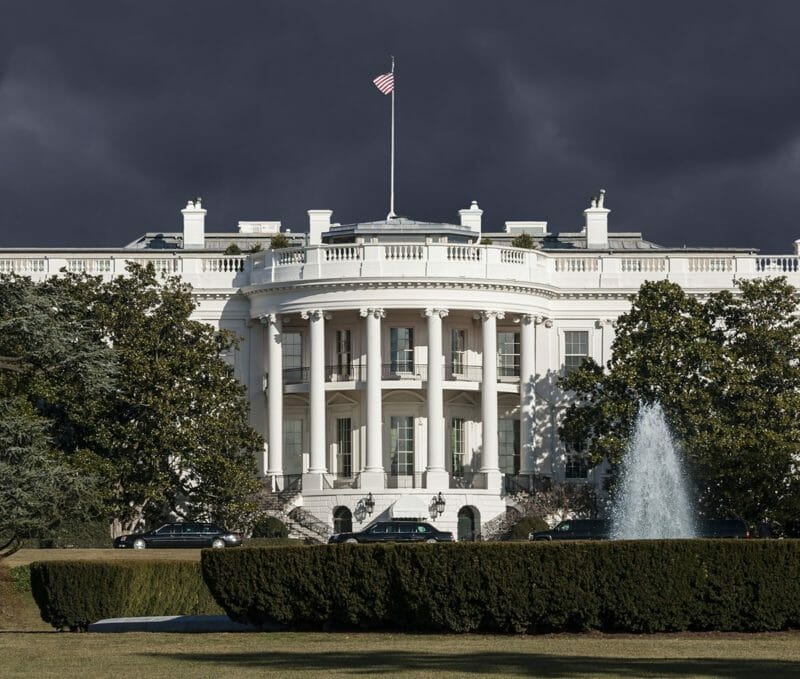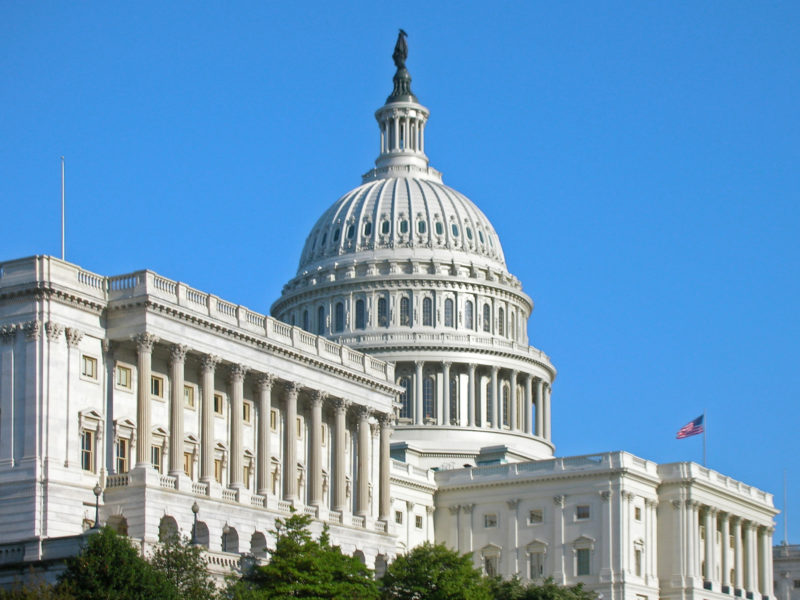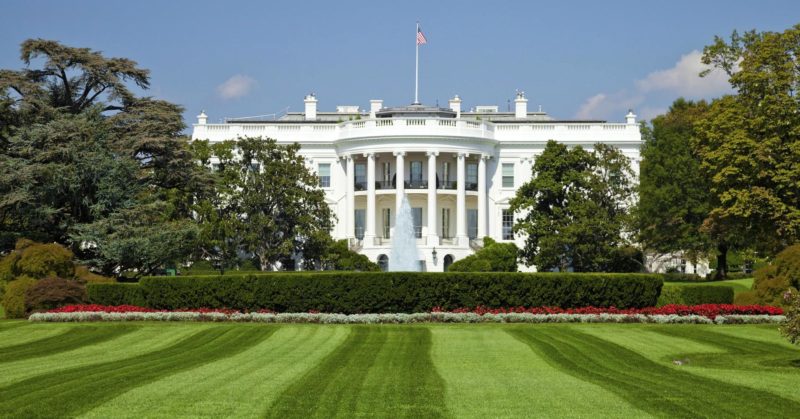We’re not even 12 months removed from the most recent government shutdown and already there are fears that another shutdown is possible later this month. The latest continuing resolution Congress passed to sustain government operations while lawmakers negotiate a budget deal runs out on Dec. 20, and while most lawmakers seem to believe an agreement is within reach, it is not certain that President Trump would approve it. That possibility should get every federal employee’s attention.
LifeCents survey data suggests that many of the 800,000 workers impacted by the previous shutdown suffered significant hardships: 22% percent of respondents claimed to have missed a significant payment, while 24% reported that the shutdown took a physical and emotional toll.
One career government employee told us: “The long shutdown was the fifth time I have experienced being shut out from my job, with the associated worries of how long it will last, when will we get back pay, and how long will my emergency fund last.” After more than 30 years of federal service, he finally decided to leave his job at the IRS as a direct result of the shutdown.
While this employee had an emergency fund that could sustain him until the government reopened, many people do not. Studies show that 78% of American citizens live paycheck to paycheck, while 40% do not have enough in savings to cover a $400 emergency. For such individuals, the prospect of missing one or more paychecks could be catastrophic.
Where to Begin
Agencies can help protect employees from potential financial hardship by encouraging workers to establish emergency savings funds, and then help them acquire the knowledge and build the habits to regularly contribute to that fund.
Many will find the prospect of building a savings account with enough money to cover three to six months of living expenses daunting, so employers should advise people to start small. A base amount of a few hundred dollars can still cover a small emergency and may even be enough to see employees through an abbreviated shutdown. Maintaining a small emergency fund can also limit the amount of debt someone takes on when they’re not receiving an income. Instead of using credit cards to cover expenses, employees can rely on their emergency funds, allowing them to avoid accruing new debt.
There are programs available to educate government employees on savings strategies. For example, the Office of Personnel Management provides retirement and financial literacy training that can help employees better manage their finances.
Inspiration From the Private Sector
Although the public sector is more limited than the private sector in its ability to incentivize employees, there are aspects of some private sector savings programs that government agencies may wish to consider emulating.
For instance, many companies have implemented “helping hands” or “hardship” funds. Employees contribute a small amount of money on a regular basis into a specialized savings account as a gesture of goodwill to their colleagues. These funds accumulate and can be disbursed in case of an emergency—such as a government shutdown.
Some companies have established community savings programs that reward or recognize participants when they achieve specific goals. For example, an organization may set a savings goal of $400 per person and reward employees with a celebratory event once everyone hits that goal. Initiatives like this show that a small incentive tied to a specific goal can help people develop long-term savings habits.
Benefits of Financial Security
Shutdowns sow tremendous confusion and uncertainty among employees. By helping employees understand the importance of creating emergency funds, managers can proactively provide workers with the underpinnings of a financial safety net that may help soften the blow.
Investing in employees’ financial literacy and wellness can also help improve job satisfaction and reduce attrition. A 2019 PwC survey found that employees value having a financial wellness benefit and access to unbiased counselors. Organizations that provide such benefits are more likely to be seen as good places to work.
While managers cannot control shutdowns, they can help employees understand what tools, benefits, programs, and resources they have at their disposal to protect themselves during economic hardship
Getting Close to Retirement
Is your retirement date just around the corner and you have Questions? We specialize in helping you plan, prepare and execute your retirement plan with the Full Assistance of My Federal Retirement Help. Just contact us today
It’s that simple, you can easily schedule your Free Retirement Review with a day/time that will work for you the best, but our calendars do fill up quickly, so schedule your review today.











